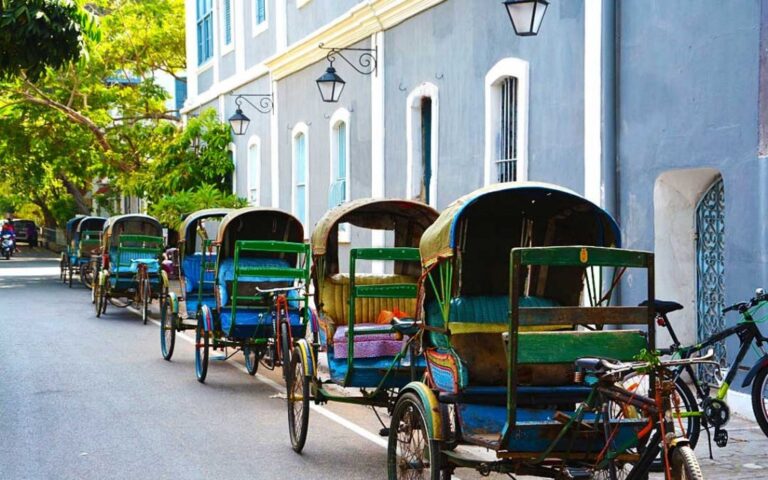Traversing Sacred Paths: Walking from Sri Lanka to Ayodhya
Embarking on a spiritual pilgrimage from the tropical shores of Sri Lanka to the sacred city of Ayodhya in India is a journey of profound significance, steeped in devotion and reverence. While traditionally undertaken by various modes of transportation, envisioning this pilgrimage on foot adds a dimension of spiritual austerity and connection with the timeless traditions of ancient travelers.
Distance and Terrain:
The distance from Sri Lanka to Ayodhya spans approximately 1,700 kilometers (1,056 miles) as the crow flies, encompassing diverse landscapes and terrain. Walking this distance would entail navigating through a variety of environments, including coastal plains, lush forests, rolling hills, and fertile plains, each offering its own challenges and rewards to the pilgrim traveler.
Estimated Timeframe:
Walking from Sri Lanka to Ayodhya is a monumental endeavor that requires careful planning and preparation. While the exact duration of the journey may vary depending on factors such as individual walking pace, rest breaks, and weather conditions, a rough estimate can provide insights into the magnitude of this spiritual odyssey.
Assuming an average walking speed of approximately 5 kilometers (3 miles) per hour, a pilgrim embarking on this journey would cover around 40-50 kilometers (25-31 miles) per day, accounting for rest breaks and overnight halts. Therefore, traversing the entire distance of 1,700 kilometers (1,056 miles) could take approximately 34-42 days, or roughly a month and a half, to complete.
Spiritual Significance:
Walking from Sri Lanka to Ayodhya is not merely a physical feat but a profound spiritual undertaking that symbolizes devotion, resilience, and a deep-seated connection with one’s faith. This arduous pilgrimage allows pilgrims to immerse themselves in the sacred landscapes of the Indian subcontinent, following in the footsteps of ancient sages, saints, and devotees who traversed these paths in search of divine blessings and spiritual enlightenment.
Cultural and Historical Context:
The pilgrimage from Sri Lanka to Ayodhya holds immense cultural and historical significance, rooted in the rich tapestry of Hindu mythology and religious tradition. According to ancient texts and legends, Lord Rama, accompanied by his loyal followers, embarked on a similar journey from Sri Lanka to Ayodhya after vanquishing the demon king Ravana and reclaiming his kingdom.
Conclusion:
In conclusion, walking from Sri Lanka to Ayodhya is a transformative spiritual odyssey that transcends physical boundaries and temporal constraints. As pilgrims traverse the diverse landscapes and sacred terrains of the Indian subcontinent, they embark on a profound journey of self-discovery, devotion, and enlightenment, forging an indelible connection with the timeless traditions of pilgrimage and spiritual quest. While the distance may be daunting, the rewards of this spiritual pilgrimage are immeasurable, offering pilgrims a unique opportunity to experience the profound grace and divine blessings that await them in the sacred city of Ayodhya.







